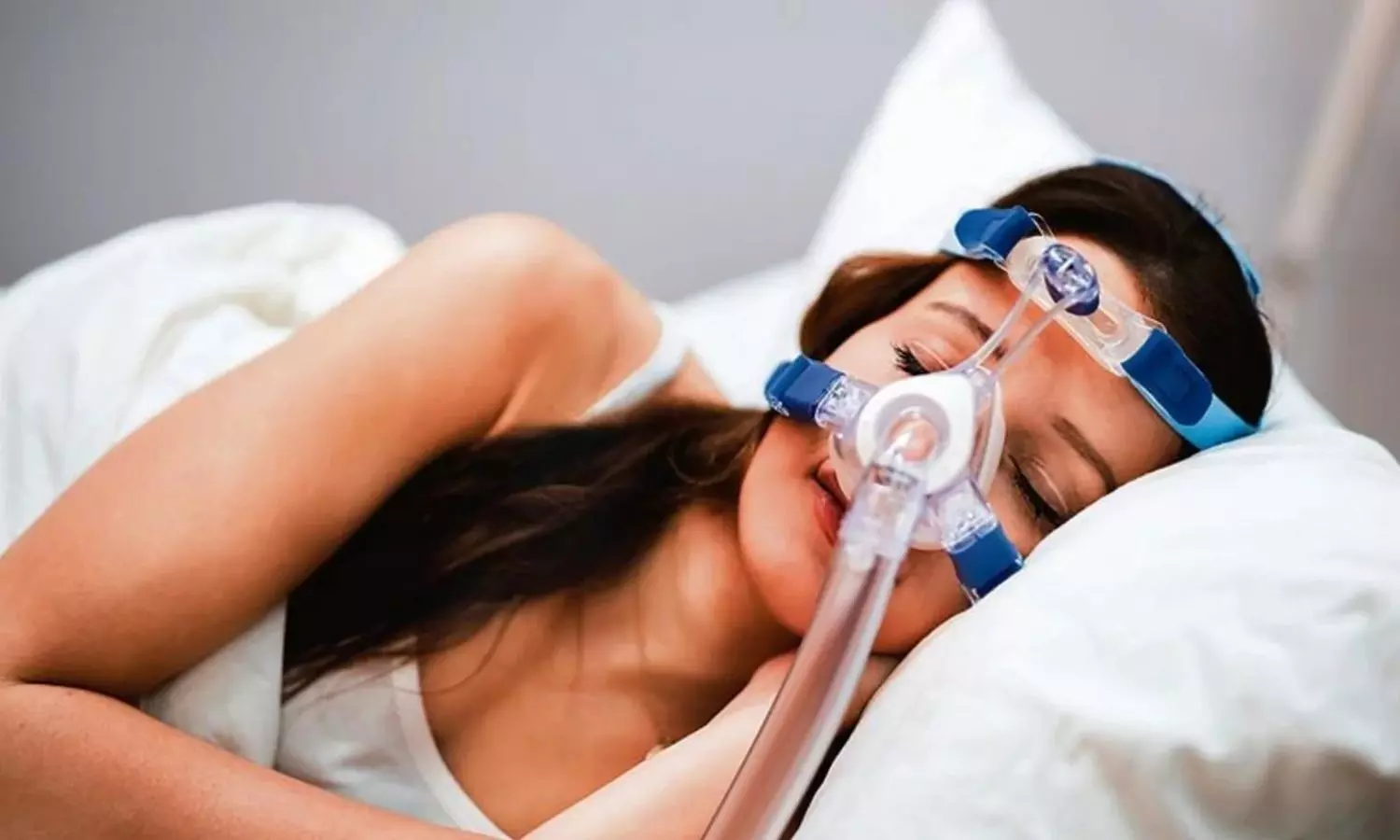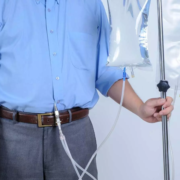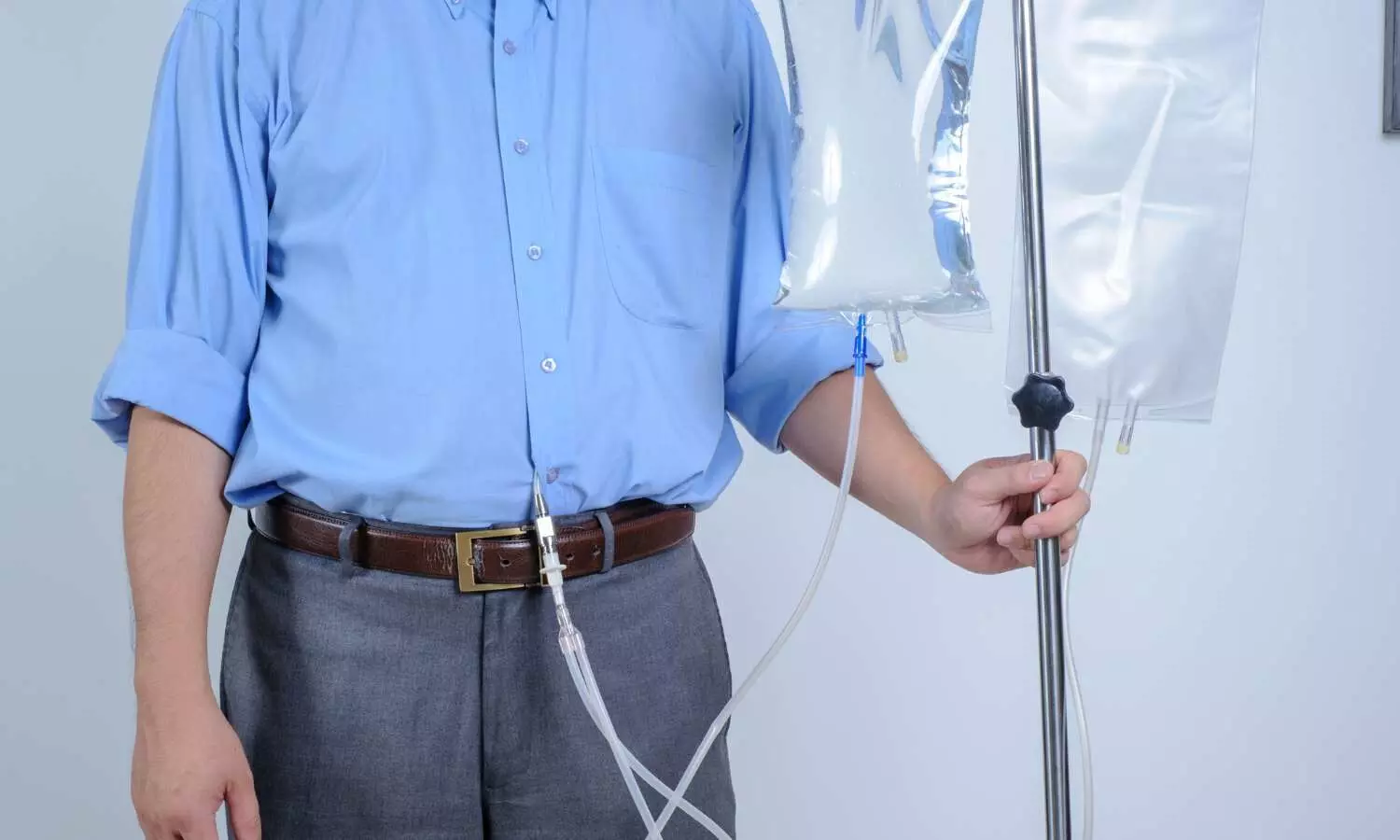
Topline results from a second phase 3 trial of AD109-an investigational oral therapy combining aroxybutynin and atomoxetine-were announced for patients with obstructive sleep apnea (OSA). AD109 aims to enhance oxygenation during sleep by improving upper airway muscle tone through its dual mechanism: antimuscarinic and norepinephrine reuptake inhibition.
LunAIRo was a 12-month study that evaluated the efficacy and safety of AD109 in adults with mild, moderate and severe OSA, across a wide range of weight classes, with the primary endpoint determined at 26 weeks.
The LunAIRo trial met its primary endpoint, demonstrating clinically meaningful and statistically significant reductions in airway obstruction at 26 weeks. Participants treated with AD109 achieved a mean reduction in AHI of 46.8% from baseline at week 26 (vs 6.8% with placebo; p<0.001). The reduction in AHI remained significant at end of study (week 51, p<0.001). AD109 was generally well-tolerated, with the most common treatment-emergent adverse events being mild or moderate in severity, and consistent with prior studies. No serious adverse events related to AD109 were reported in the LunAIRo trial.
The LunAIRo topline results align with the positive topline results previously reported from Apnimed’s SynAIRgy Phase 3 clinical trial, which the Company believes support the safety and efficacy of AD109 in treating adults with mild, moderate and severe OSA, subject to review by FDA.
“With two large Phase 3 studies now demonstrating a consistent and significant efficacy profile for AD109, we are closer to delivering the first oral pharmacotherapy for over 80 million U.S. adults with OSA. Given the scale of unmet need in OSA, where the majority of patients remain untreated, we believe AD109, as a simple once-daily oral drug, has the potential to expand and reshape the treatment landscape, which would represent a significant commercial opportunity for Apnimed. Based on the Phase 3 data from LunAIRo and SynAIRgy, Apnimed plans to file a New Drug Application (NDA) with the U.S. FDA in early 2026. As we prepare for FDA regulatory filing and commercialization of AD109, we’re focused on ensuring we have the capabilities, people, and partnerships in place to bring this innovative drug to patients suffering from OSA and the clinicians who treat them,” said Larry Miller, MD, Chief Executive Officer of Apnimed. “We’re especially grateful to the study participants, the investigators, and the study sites that contributed to our AD109 Phase 3 clinical program. Their partnership and trust have been instrumental in advancing a new approach to OSA—one that has the possibility of changing how this chronic disease is treated.”
Select Additional Results
In addition to meeting the primary endpoint, AD109 demonstrated improvements in additional topline secondary and exploratory endpoints in the LunAIRo study, including:
• Meaningful improvements in oxygenation as assessed by reductions in hypoxic burden (p<0.0001) and oxygen desaturation index (p<0.001) at week 26 and at end of study (week 51)
• A significant proportion of participants achieved a ≥50% reduction in AHI from baseline at week 26 (p<0.0001) and at week 51 (p<0.0001)
• AD109 improved OSA disease severity for 45.0% of participants at week 26, and 47.5% at week 51
• AD109 achieved OSA complete disease control (AHI<5) for 22.9% of participants at week 26, and 22.5% at week 51
Analysis of additional objective, subjective and exploratory endpoints and safety data from the LunAIRo and SynAIRgy studies are ongoing and will be reported at a medical congress later this year.
“The consistency of the promising findings across both the LunAIRo and SynAIRgy trials provides robust clinical evidence that AD109 meaningfully improved sleep apnea severity and oxygenation,” said Sanjay Patel, MD, study chair for the LunAIRo clinical trial and Director, UPMC Comprehensive Sleep Disorders Clinical Program in Pittsburgh, Pennsylvania. “This is the first time we’ve seen a once-daily oral medication demonstrate such significant, durable effects in a broad patient population with OSA.”
“The vast number of people currently living with untreated OSA points to a need for additional treatment options. As someone living with OSA, the LunAIRo study gives me hope that novel pharmacotherapy treatments are on the horizon and can potentially improve so many lives,” said Emma Cooksey, patient advocate and Sleep Apnea Program Manager at Project Sleep. “Innovation in this space is long overdue, and it’s encouraging to see meaningful progress being made.”
About the LunAIRo Study
The LunAIRo study (clinicaltrials.gov identifier NCT05811247) is a 12-month randomized, double blind, placebo-controlled, parallel-arm one-year clinical trial of AD109, an investigational fixed dose combination of aroxybutynin 2.5mg/atomoxetine 75mg, in participants with OSA who are intolerant of or currently refuse continuous positive airway pressure (PAP) therapy. The primary endpoint was assessed at 26 weeks, as with the SynAIRgy Phase 3 trial. The trial enrolled 660 adult participants from 64 centers in the US. Participants were randomized 1:1 to either AD109 or placebo (AD109, n=329; placebo, n=331) and instructed to take their assigned treatment once-daily before bedtime.
Enrolled participants in LunAIRo were representative of the real-world OSA population, include the diverse demographic composition of the United States and the typical profiles seen in a sleep clinic population. Participants included 46% females, multiple racial groups, and varied weight classes spanning healthy weight, overweight, and with obesity. Participants were distributed across OSA severity levels, including mild (37%), moderate (33%), and severe (30%). Participants had symptoms reflective of the OSA patient experience.
About AD109
AD109 is designed to be the first pharmacological treatment to improve oxygenation during sleep by directly addressing the neuromuscular root cause of upper airway collapse in people with obstructive sleep apnea. It is a first-in-class anti-apneic neuromuscular modulator, combining aroxybutynin, a novel antimuscarinic, and atomoxetine, a selective norepinephrine reuptake inhibitor (NRI). Their combined pharmacological synergy targets the underlying neuromuscular root cause of OSA. AD109 is a once-daily pill taken at bedtime that is designed to lower the complexity of intervention and may help more people benefit from effective, restorative sleep. In a disease characterized by complex and invasive treatment options, AD109 may be a simple solution to help improve oxygenation and wellbeing for people living with OSA.
About Obstructive Sleep Apnea
Obstructive sleep apnea (OSA) is a serious, chronic sleep-related breathing disease in which the upper airway repeatedly collapses during sleep, leading to intermittent oxygen deprivation. It is caused by two overlapping mechanisms: neuromuscular dysfunction during sleep and predisposing anatomic abnormalities. OSA affects individuals across all walks of life, impacting both males and females of all age groups, ethnicities, and weight classes, including those with or without obesity. An estimated more than 80 million people in the United States and nearly one billion people worldwide suffer from OSA. Up to 80% of people living with OSA are undiagnosed and therefore untreated.
An individual with OSA can experience hundreds of sleep apnea events in a single night, each one reducing the blood oxygen levels and negatively impacting cellular functions vital to normal health and function. Failure to effectively treat OSA increases the risk of serious long-term health consequences, including cardiovascular disease, neurocognitive impairment, metabolic dysfunction, and early mortality. Yet, the majority of those diagnosed with OSA refuse, abandon, or underutilize treatment. Currently, no available pharmacological treatments directly address the underlying neuromuscular dysfunction that is present in OSA.










